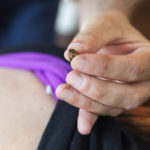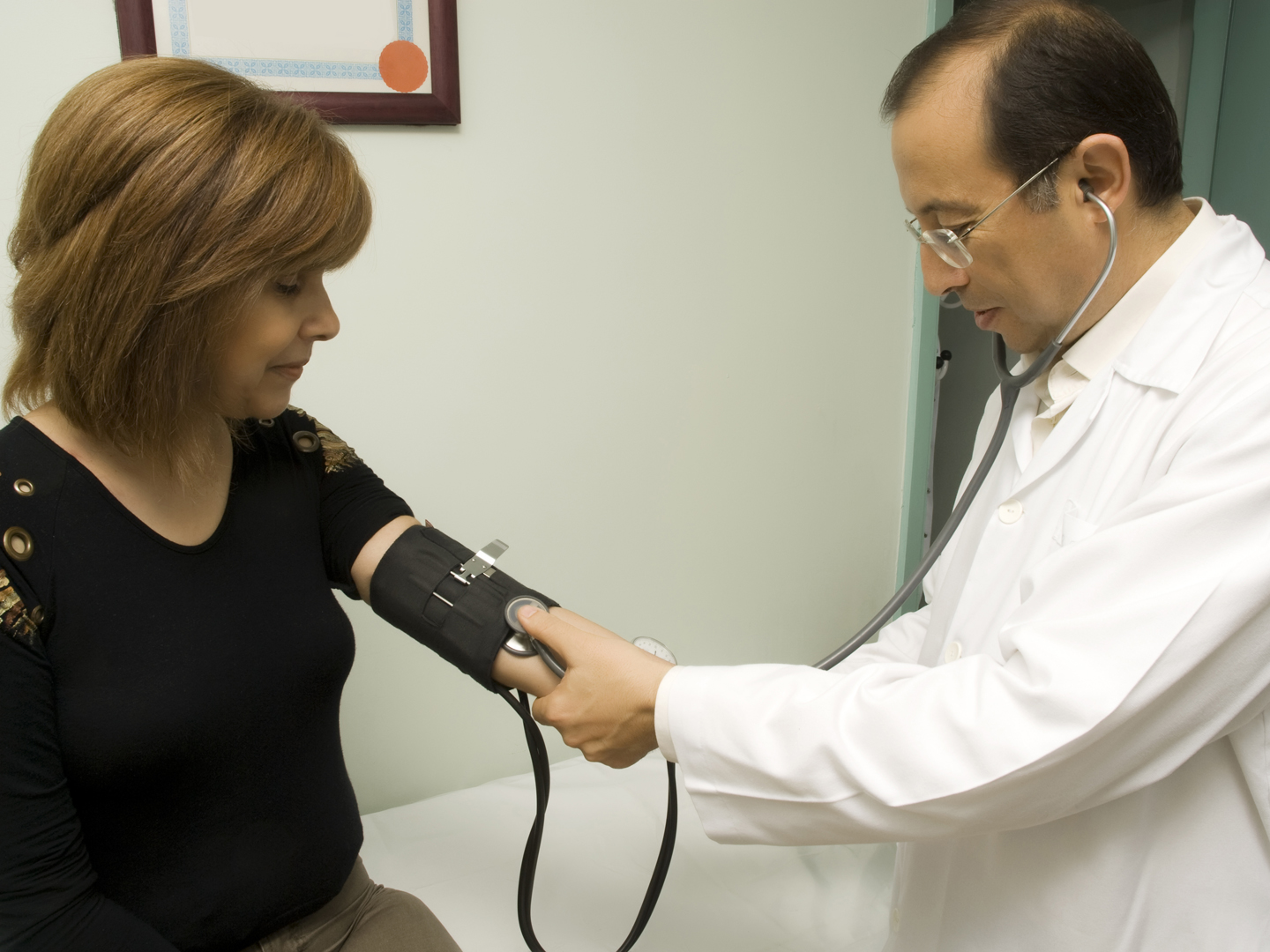What Are The Symptoms Of Fibromyalgia?
Is there any evidence suggesting that fibromyalgia can be caused by exposure to environmental toxins including molds, asbestos, fiberglass and other airborne toxins?
Andrew Weil, M.D. | July 1, 2003

With fibromyalgia, a syndrome that combines pain, fatigue, anxiety, and depression, you have to separate “cause” from “trigger.” New research suggests that this mysterious syndrome is caused by imbalances of chemicals and hormones in the nervous system that amplify sensation, making even a slight touch feel painful. In a study published last year, Daniel Clauw, M.D., a rheumatologist at the University of Michigan, used MRIs to show what happens in the brains of fibromyalgia patients in response to minimal pressure to their left thumbs – blood rushes to areas involved in pain perception. To get the same response from healthy people Clauw had to apply twice the pressure.
One of the symptoms of fibromyalgia, the super-sensitivity to pain, seems to be genetic. The disorder runs in families, and researchers have identified one gene believed to be involved in the syndrome. Patients also have higher than normal levels of a neuropeptide called substance P that is involved in pain signals and subnormal levels of serotonin and norepinephrine, hormones that modulate pain.
If you are born with a predisposition to fibromyalgia, you still need to experience an event to trigger the disorder – that is, something must happen to set it off. This can be a viral infection, emotional stress, an accident or injury or even exposure to certain drugs or chemicals. My colleague Iris Bell, M.D., PhD, Professor of Psychiatry and Director of Research here at the Arizona Center for Integrative Medicine, tells me that multiple chemical sensitivity (MCS) and fibromyalgia often overlap. In fact, according to a recent paper in the Annals of Internal Medicine, 33 percent of fibromyalgia patients also suffer from MCS. Dr. Bell adds that 60 percent of all MCS patients are able to identify the specific exposure that set off their initial reaction.
We may soon have new drugs to improve treatment of fibromyalgia by reducing substance P and increasing levels of norepinephrine and serotonin. In the meantime, your best bet for dealing with this condition is 30 minutes of daily aerobic exercise such as swimming, walking or biking. Breathwork, meditation and yoga can help you cope with stress, and acupuncture, manipulation, and massage may help relieve symptoms of fibromyalgia.
Andrew Weil, M.D.
For more information, read Dr. Weil’s other articles about the symptoms and treatment of fibromyalgia.


















